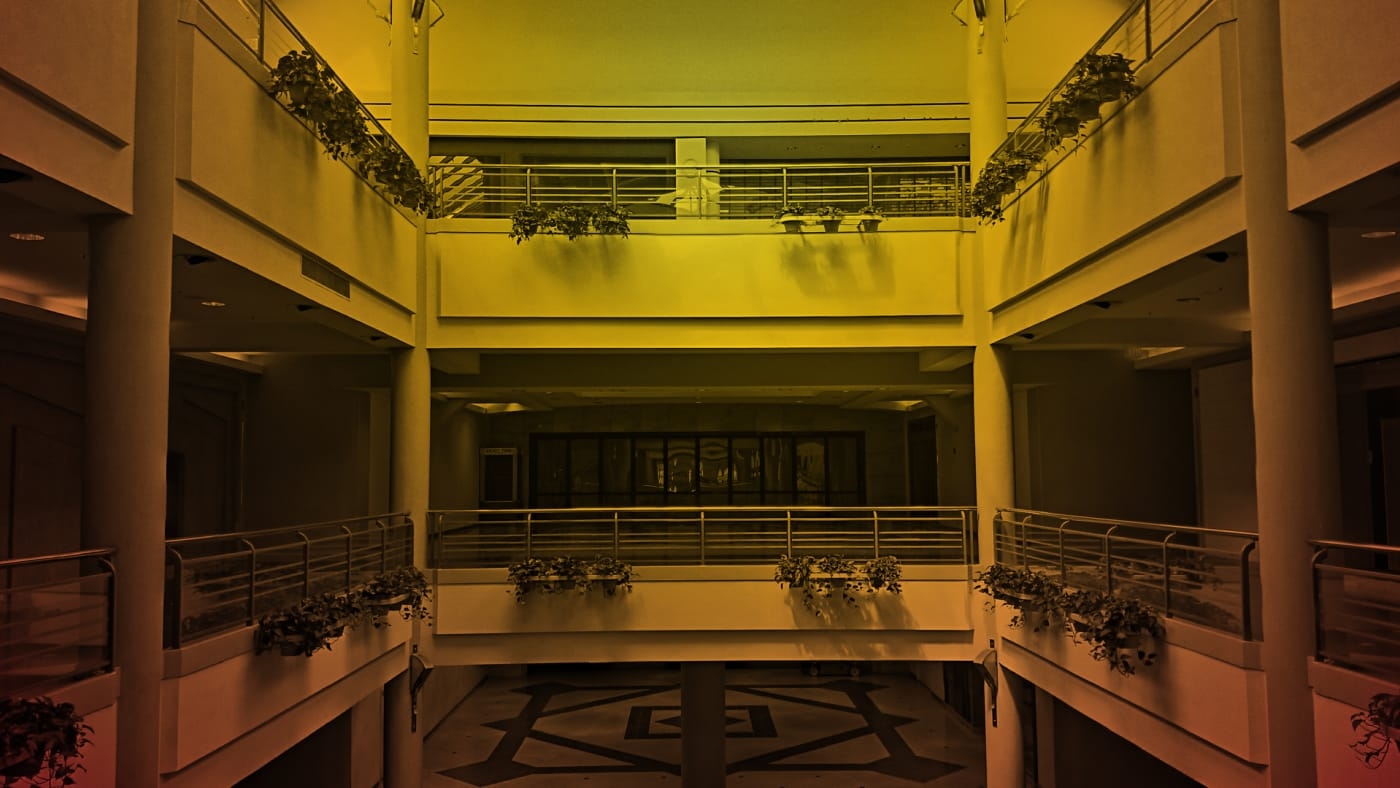Retail apocalypse watch: Malls are becoming graveyards, but there’s a plot twist
Across the U.S., there are now more graveyard malls than ever before. The vacancy rate in big malls increased by 8.3% in the first quarter–which is at its highest since the fourth quarter of 2012. Reis Inc, a real estate data firm that studies 77 metropolitan areas, says 41 of those areas experienced an increase in vacancy during the 12 months ending on March 31. Part of this slump has to do with the fact that customers can easily buy products online, instead of dragging themselves to malls, many of which haven’t been updated in years.
But at the same time, we’re hearing a lot of mixed messages about the retail industry. While large malls are dying off, startups that began online–like Everlane, Allbirds, Glossier, M.Gemi, and Away–are increasingly moving into physical retail. They often talk about wanting to invest in the powerful in-person experience that brick-and-mortar stores can offer.
It’s worth pointing out that many of these dying malls are in suburban locations, while startups are opening stores in busy urban locations. Startups are also opening stores with smaller footprints. They often don’t carry much inventory, since products can be shipped directly to the customer. These new stores offer much more than just an opportunity to purchase product. They’re perhaps more community gathering spots, where fans of the brand can congregate and learn about the brand’s products.
There have been some recent efforts to transform dead malls into other things, like medical centers, gyms, parks, apartments, and schools. However those efforts play out, one thing is clear: Architects will have some big redevelopment projects on their hands in the next few years.
(117)



